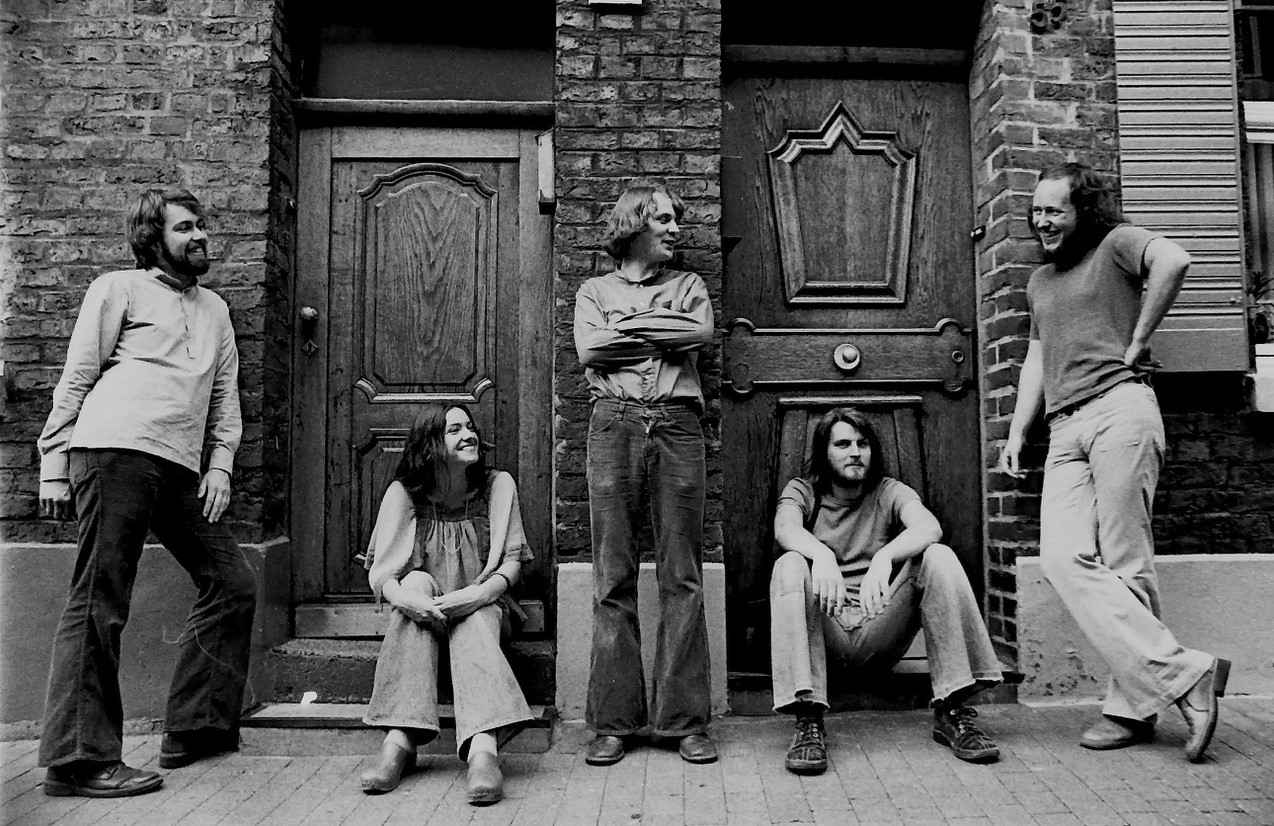Gurnemanz | Interview | A Folk Journey Through 1970s Germany
Gurnemanz, a folk group hailing from the vibrant music scenes of 1970s Germany, embarked on a musical journey. Founded in May 1972, the band experienced an intense period of creativity until its disbandment in late 1979.
Across albums such as ‘Spielmannskinder’ and ‘No Rays of Noise,’ Gurnemanz showcased their versatility and depth, blending elements of British folk with contemporary rock influences. Despite their split, Gurnemanz’s legacy endures through their captivating compositions and enduring friendships. With influences ranging from British folk to contemporary rock, Gurnemanz’s rich sound continues to captivate listeners, earning them recognition as one of the era’s most overlooked musical treasures.
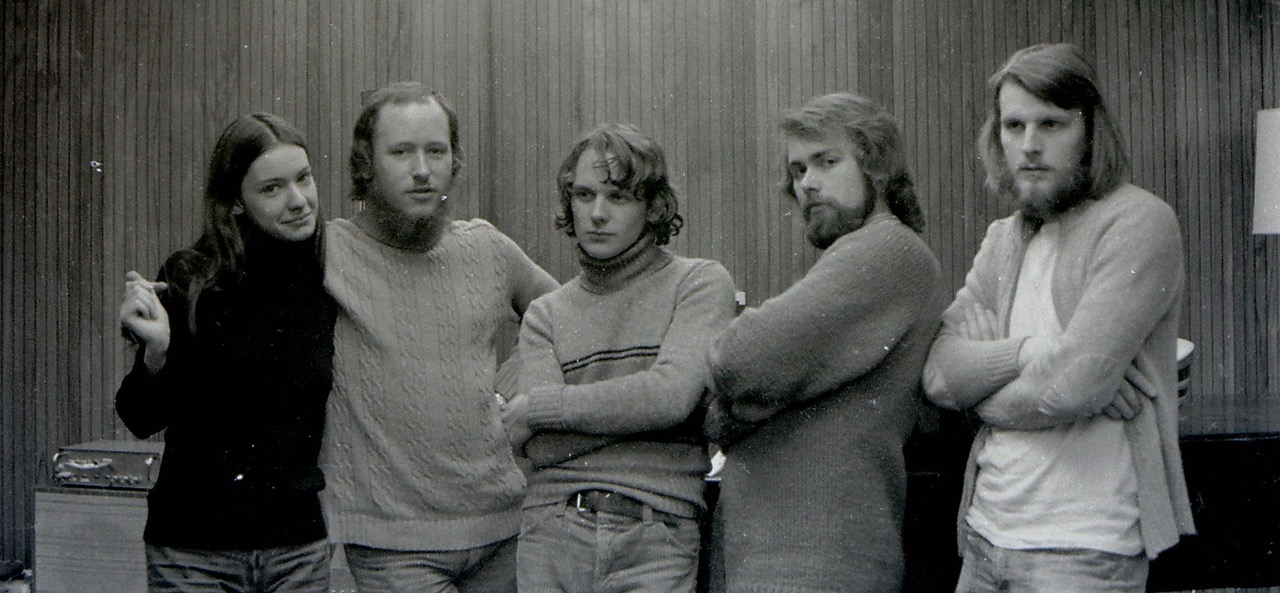
“Some of us lived together in a commune”
It’s really nice to have you. You recently celebrated a 50th Anniversary last October. It must be quite something to have been playing together for so long. I think Gurnemanz is one of the most overlooked folk groups from those special times. What’s it like to have friendship and music lasting for such a long time?
Wolfgang Scheel: Gurnemanz first got together in May 1972, and we had an intensive time until the band split up in late 1979. The 50th anniversary gave us a chance to re-learn our original compositions and arrangements. We gathered for a release party at the old train station in Kerpen-Buir and performed a good number of our songs from the ’70s…
Every band member went different ways; some studied music and became professional musicians, others pursued careers in management or recording other artists, while some stayed with music just as a hobby. Occasionally, we played together, but not as Gurnemanz. However, we never lost contact with each other and continued to share our ideas and projects over the years.
Where and when did you grow up? Was music a big part of your family life?
We grew up in NRW in Germany, in the Cologne-Aachen area.
Music wasn’t a significant aspect in any of our families, but early on, each of us was attracted to playing a musical instrument.
What was your upbringing like in post-WWII Germany?
Despite the restrictions of the Adenauer era, we were fortunate “Glückskinder”; everything seemed possible.
The Hippie attitude of the 70s was inspiring. Some of us lived together in a commune, but we didn’t take drugs or become members of religious or spiritual communities…
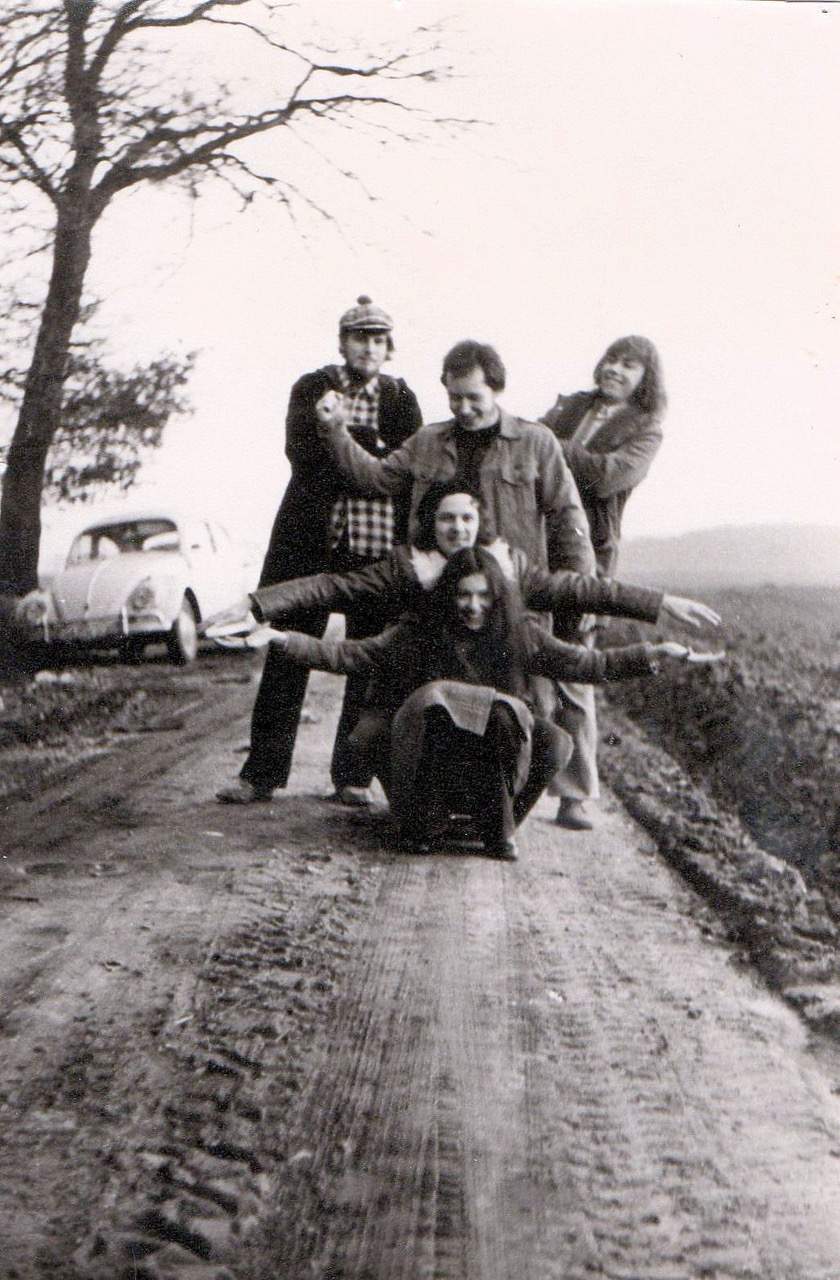
When did you begin playing music? What was your first instrument? Who were your major influences?
We started playing music in 1970; and the guitar was the most popular instrument then. Influences: The pop-rock music of the time, but also contemporary folk groups like Pentangle, Fotheringay, The Strawbs, The Trees, or The Incredible String Band, and from the US it was Neil Young.
What bands were you a member of prior to the formation of Gurnemanz?
None, just jamming with other kids.
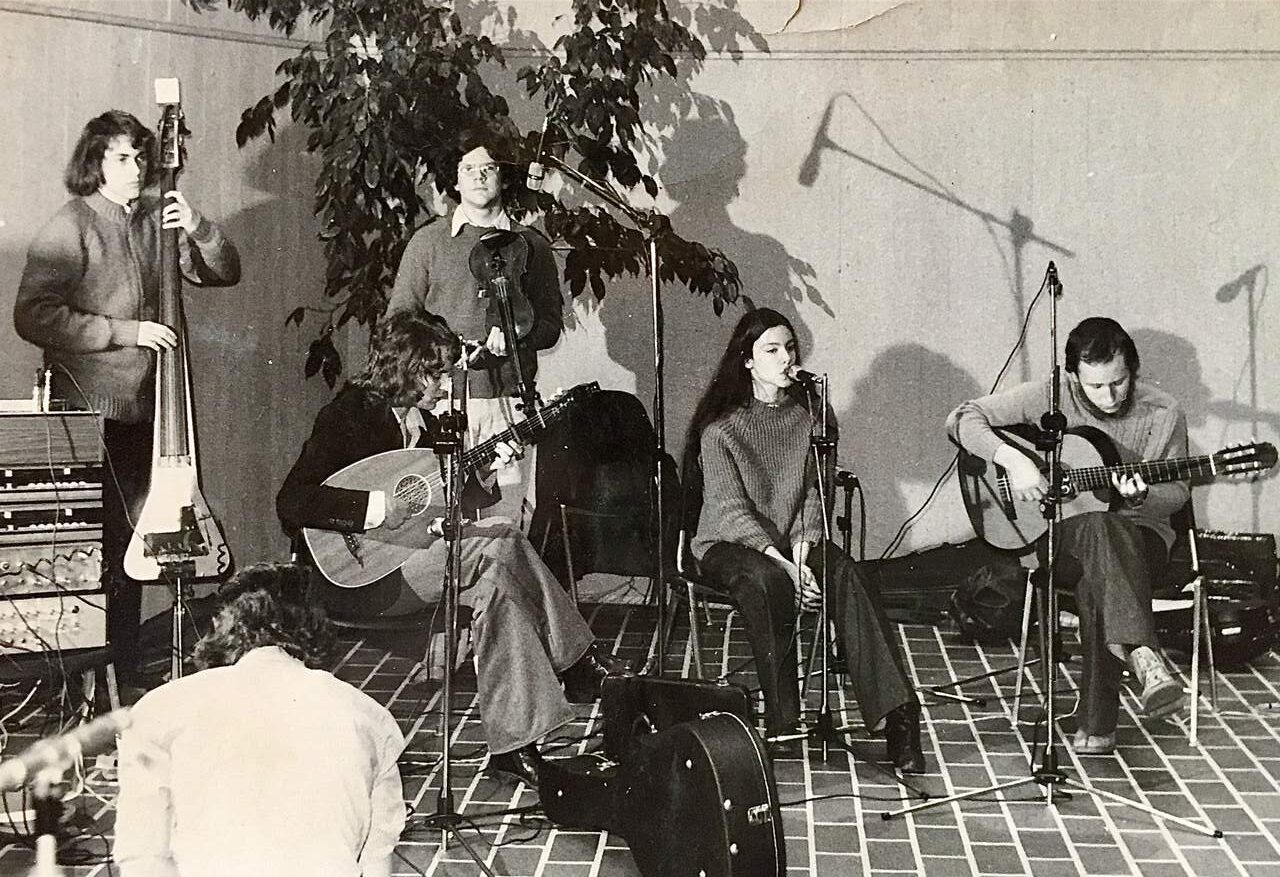
Can you elaborate on the formation of Gurnemanz? Who were the original members, and did the lineup change?
We kept the same lineup over the years, with occasional changes:
Manuela Schmitz: vocals/flutes/guitar
Wolfgang Riedel: vocals/acoustic & electric guitar/sitar/bouzouki
Wolfgang Scheel: vocals/guitar/mandolin/banjo/lute/mandola
Siegfried Bushuven: double bass (acoustic/electric)
John Cremer: technician, photos, layout, graphics
Matthias Paus: drums (during the last couple of months)
Except for a short period, Michael Rausch played the fiddle.
Note: Wolfgang Scheel appears on most publications as Lukas W. Scheel (Lukas was his nickname at the time…)
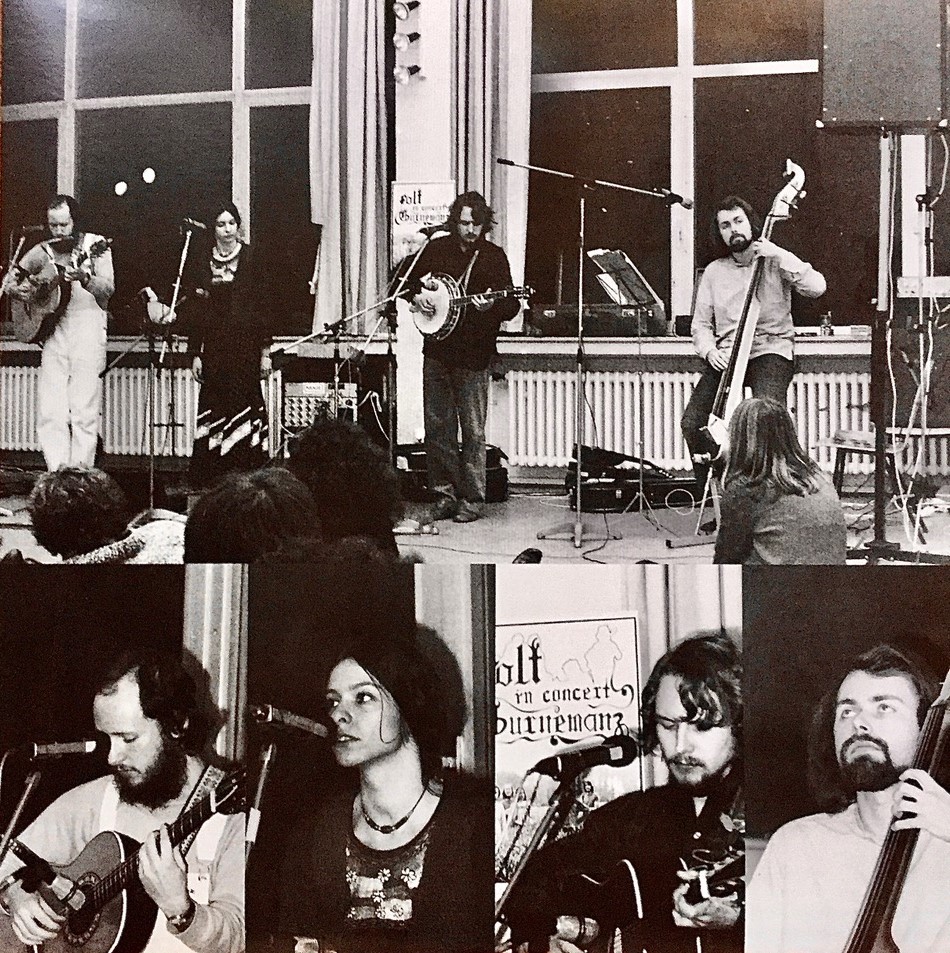
When and where did you play some of the early gigs? How was the band accepted by the audience?
We played at Folk Festival Osnabrück, Folk-Clubs in the Cologne area, Jugendzentren, and also performed in the UK; in London clubs like Putney Half Moon or the famous Troubadour Folk Club, supporting Long John Baldry in Chatham.
There was also a concert we did with the German band Wallenstein.
We were usually very well received by the audience, and we had certain venues/cities we always returned to over the years.
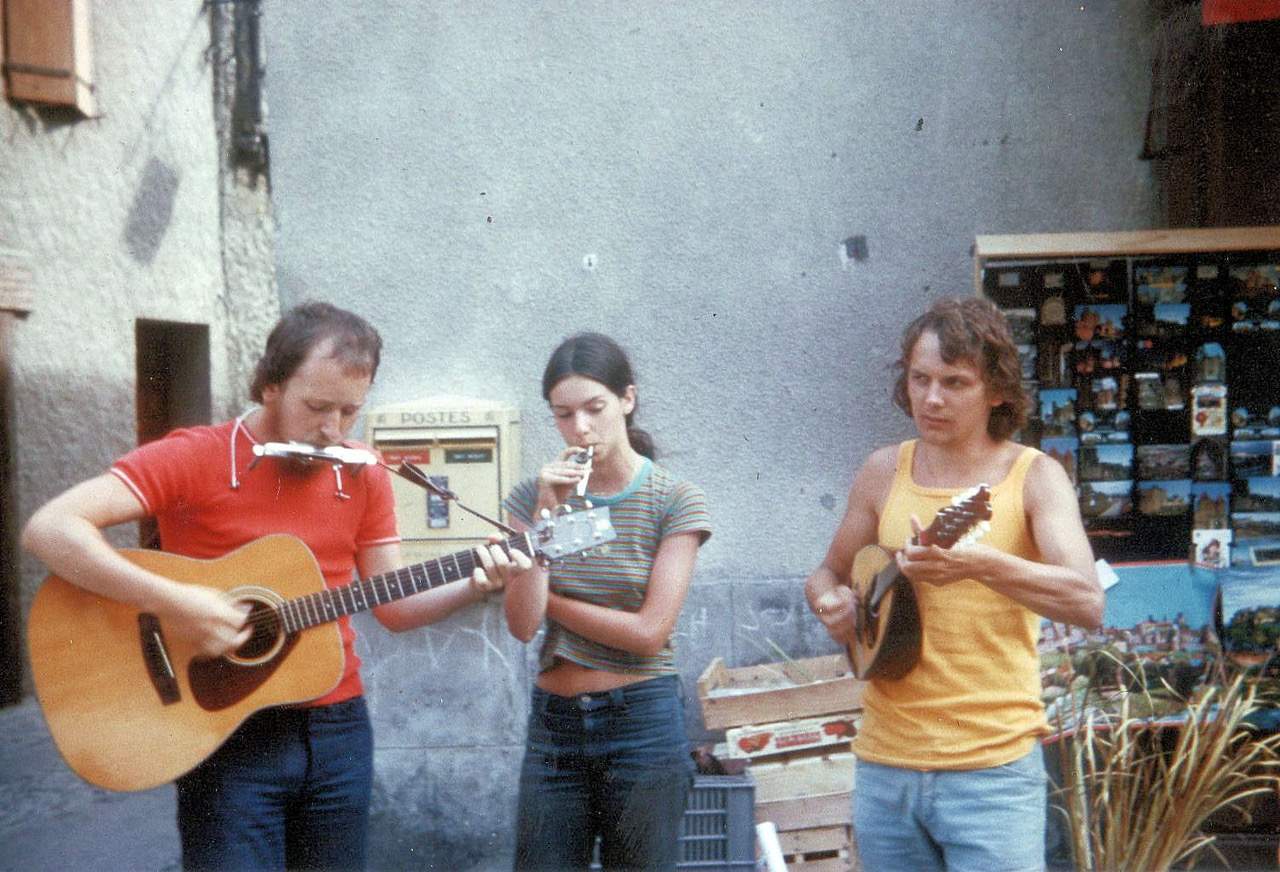
“We felt more connected with the British folk scene”
What was the scene like in Bergheim, Nordrhein-Westfalen in the 70s?
There were almost no local folk bands, but we remember local rock groups like Tortilla Flat, Floh de Cologne, Franz K., and Schröder Roadshow.
German folk bands began to emerge during that time; Zupfgeigenhansel, Liederjan, and Ougenweide were popular.
In fact, we never really felt like we were part of the German music scene; we felt more connected with the British folk scene.
However, we did have contact with singer-songwriters like Oliver Bolten, Colin Wilkie, or Tom Kannmacher.
How did you decide to use the name “Gurnemanz”?
It stemmed from a figure in Wolfram von Eschenbach’s Parzifal, which we had to read in school.
It was more of a joke than having any particular meaning concerning our music.
So it doesn’t hold any special significance, but initially, we experimented with English and German lyrics from the 19th century or even older, medieval material. Additionally, our early concert period introduced a lute.
What influenced the band’s sound?
Our sound was influenced by the bands mentioned above…
We drew inspiration from British musicians and groups, and initially, Irish groups like Planxty and from Brittany, Alan Stivell.
However, we were also children of the sixties, and the strong influences of pop music from 1965 to 1973 had an emotional and motivating impact on each of us.
What are some of the most important players that influenced your own style, and what, in particular, did they employ in their playing that you liked?
Bert Jansch, John Renbourn, Michael Chapman, Neil Young, Dave Cousins, Sandy Denny…
“My summers in Ireland in 1970 and 1971 were a turning point in my life”
What was the overall vision for the band? How did you first fall in love with folk music?
My summers in Ireland in 1970 and 1971 were a turning point in my life. During that time, I met many local musicians and learned my first guitar chords from two young Irish girls I met in Donegal, with whom I am still in contact today – Beth Humphries, who wrote the lyrics for some of my songs (‘Tra Na Rossan,’ ‘Libelle,’ ‘Dublin,’ ‘Morning Song’…).
It was also during this time that I first heard the mandolin, which I have enjoyed playing over the decades. Some years later, I had close contact with the Irish folk band Clannad and stayed with the Brennan family in Donegal. I remember playing with members of Clannad, especially the bass player of the band, Ciarán Brennan, and also with Enya on the flute; she must have been 13 years old at the time.
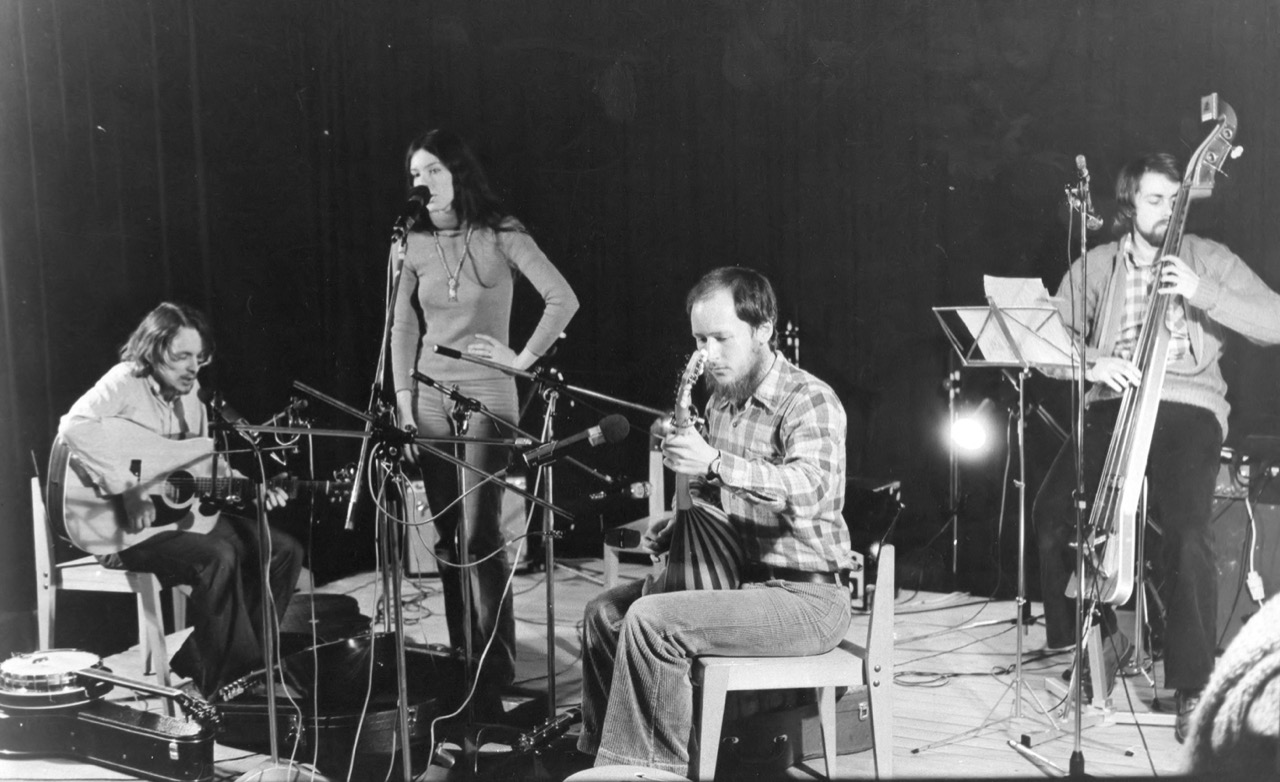
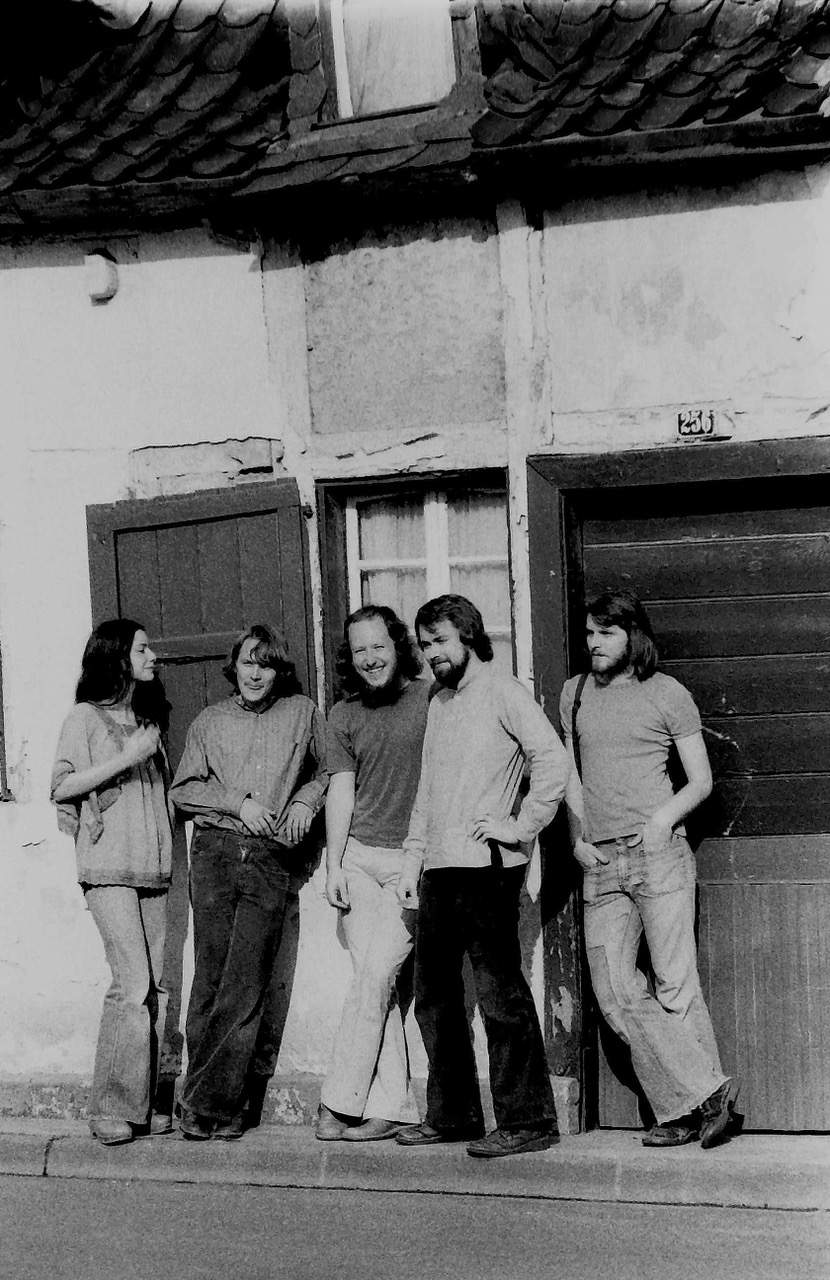
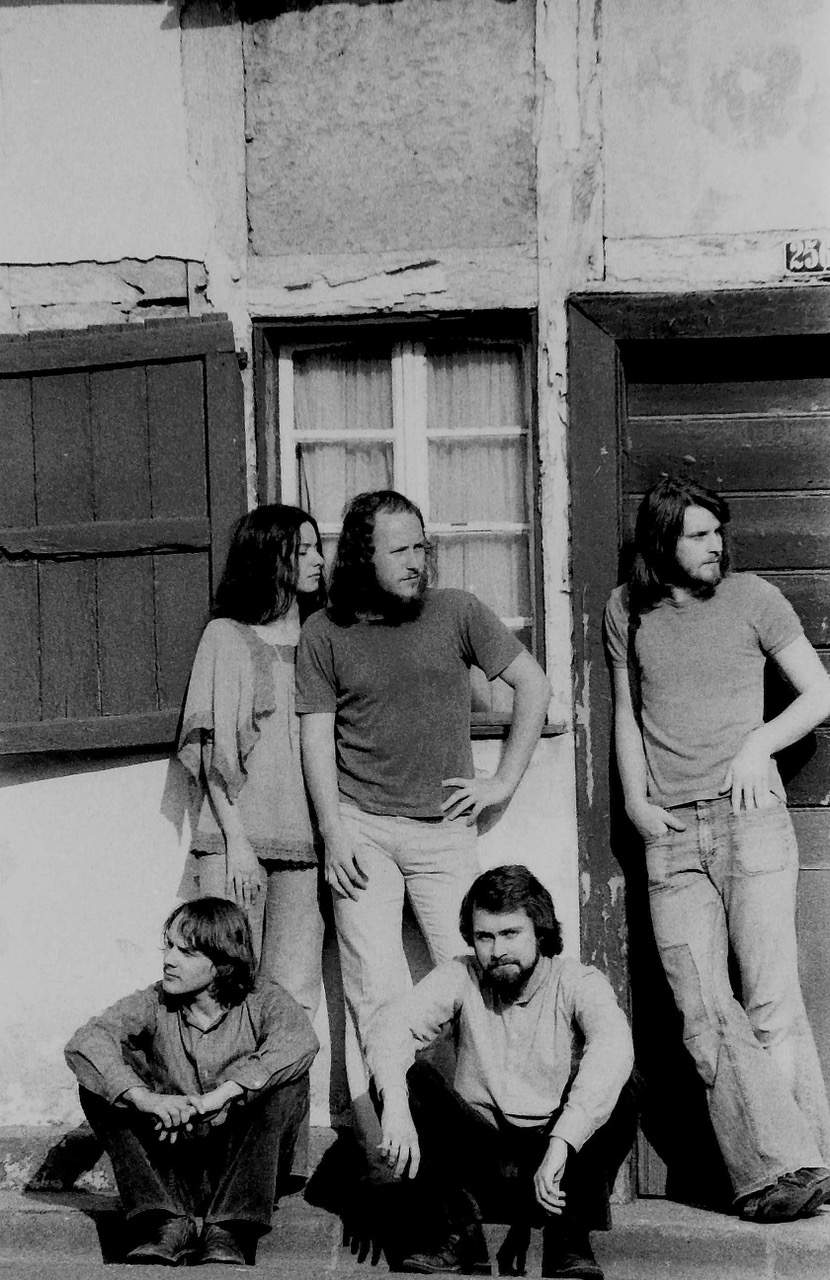
Your debut album, ‘Fair Margaret and Sweet William,’ was self-released. How many copies did you press?
This “album” wasn’t pressed on vinyl; it existed only on tapes, which we sold to classmates at school or during our gigs. We don’t remember exactly how many copies we made, perhaps 25-30… We had a whole bunch of these home tape productions; the more interesting songs and recordings were issued on an LP/CD in 2022, along with some rare live recordings.
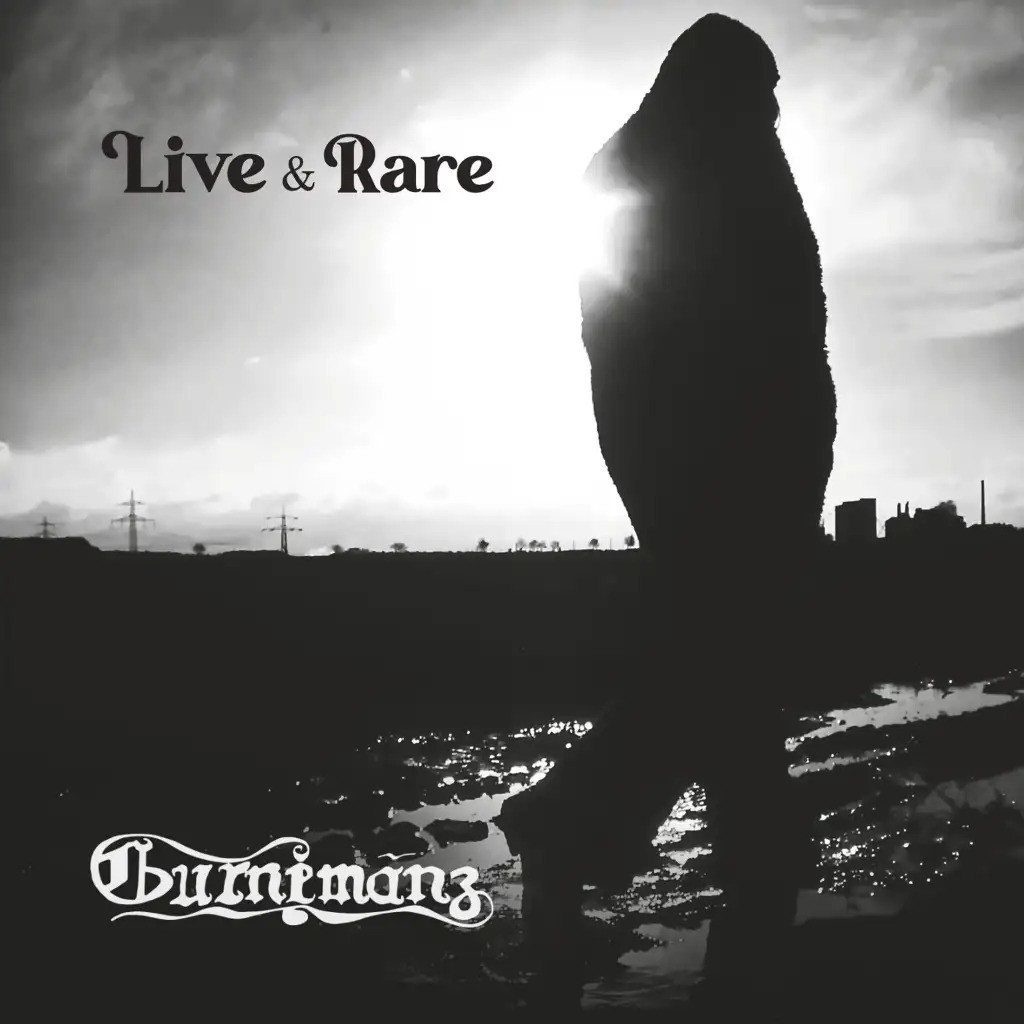
What’s the story behind recording ‘Fair Margaret and Sweet William’?
The recordings were made in the early days of the band during rehearsals by John Cremer, over 2 days, in stereo direct. So, this was very pure homemade music…
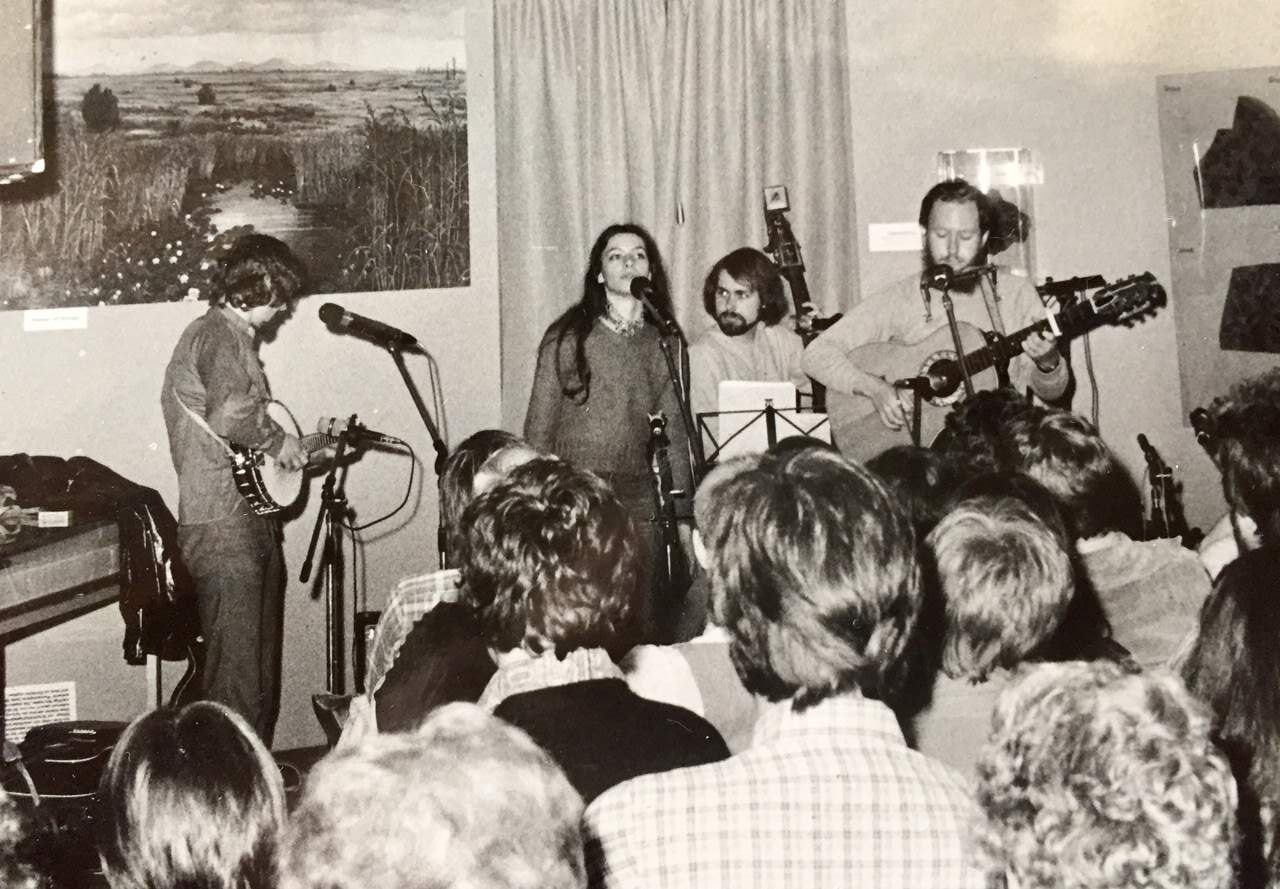
Was there a certain concept behind the album?
Not really, it was just a collection of what we had worked on so far. The idea was also to send the tape to promoters to get gigs.
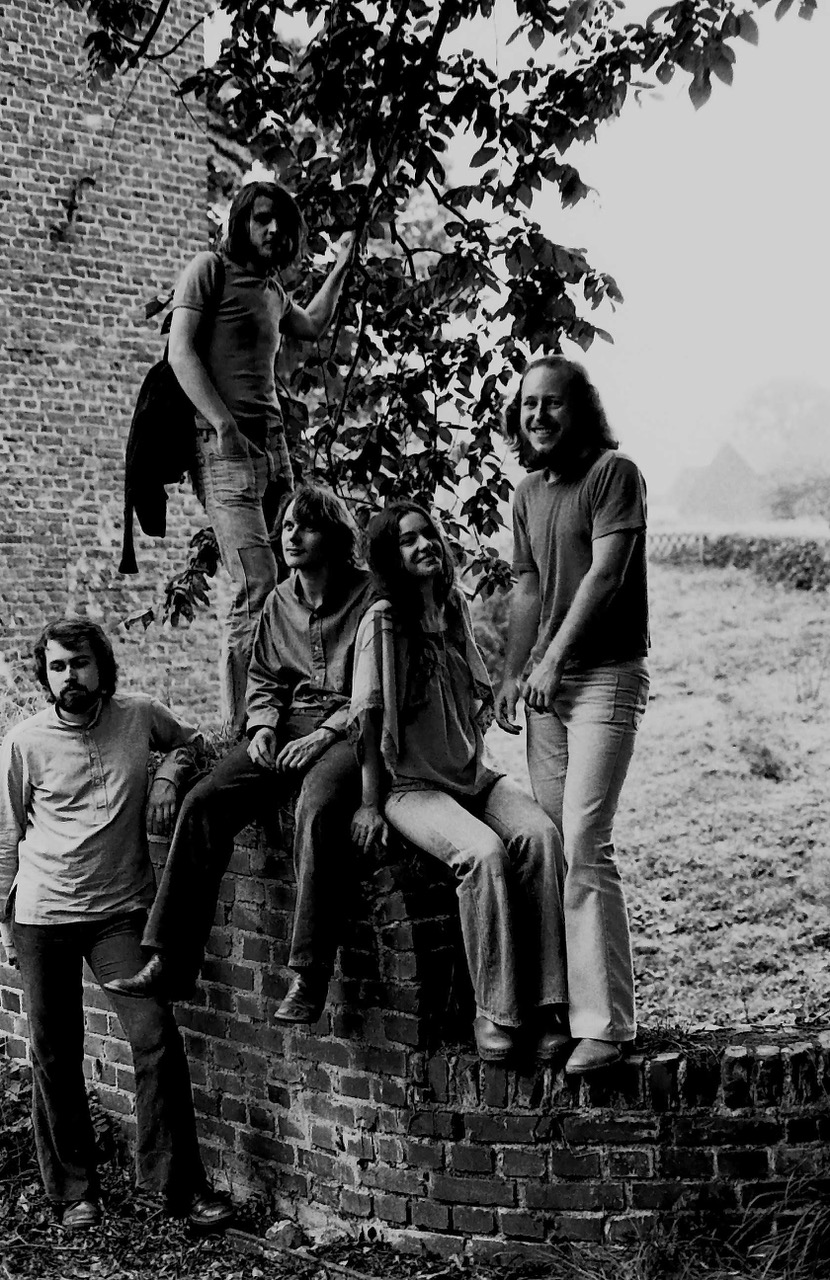
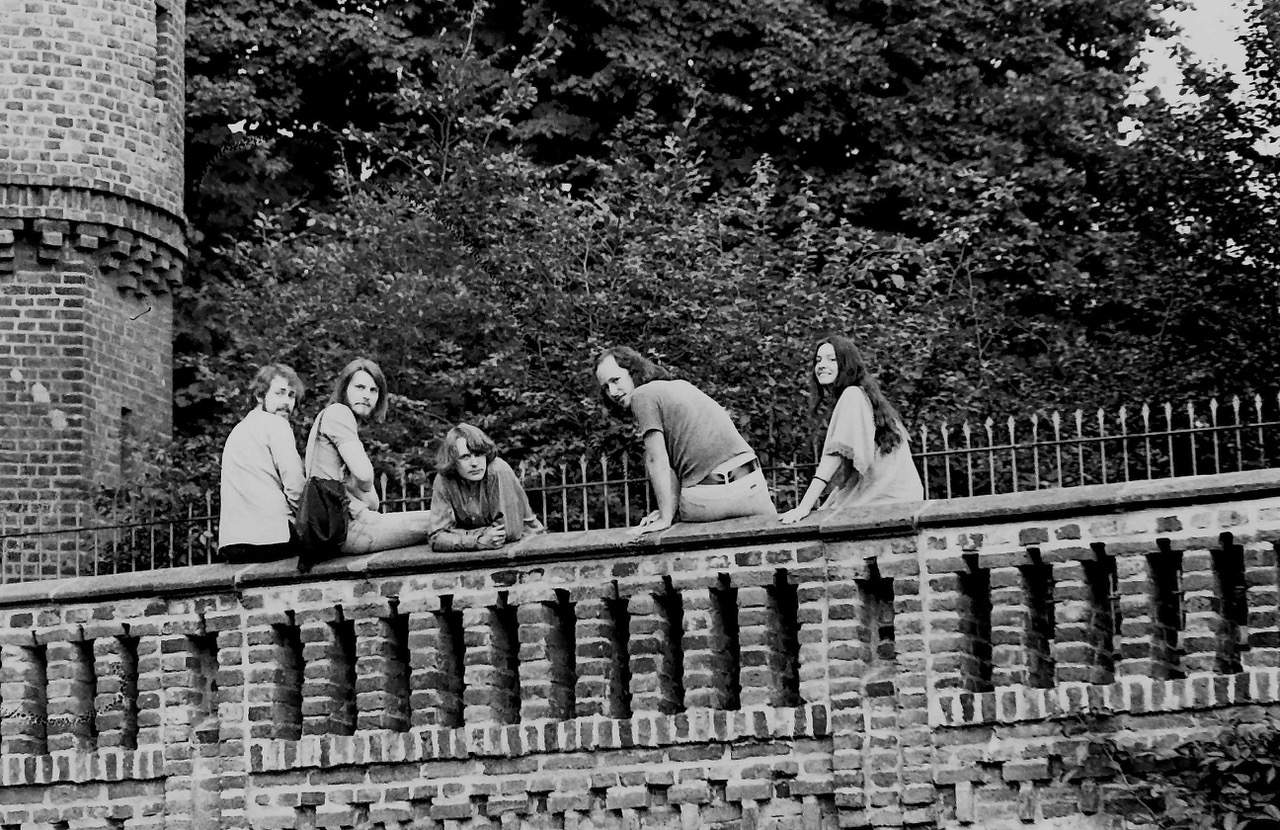
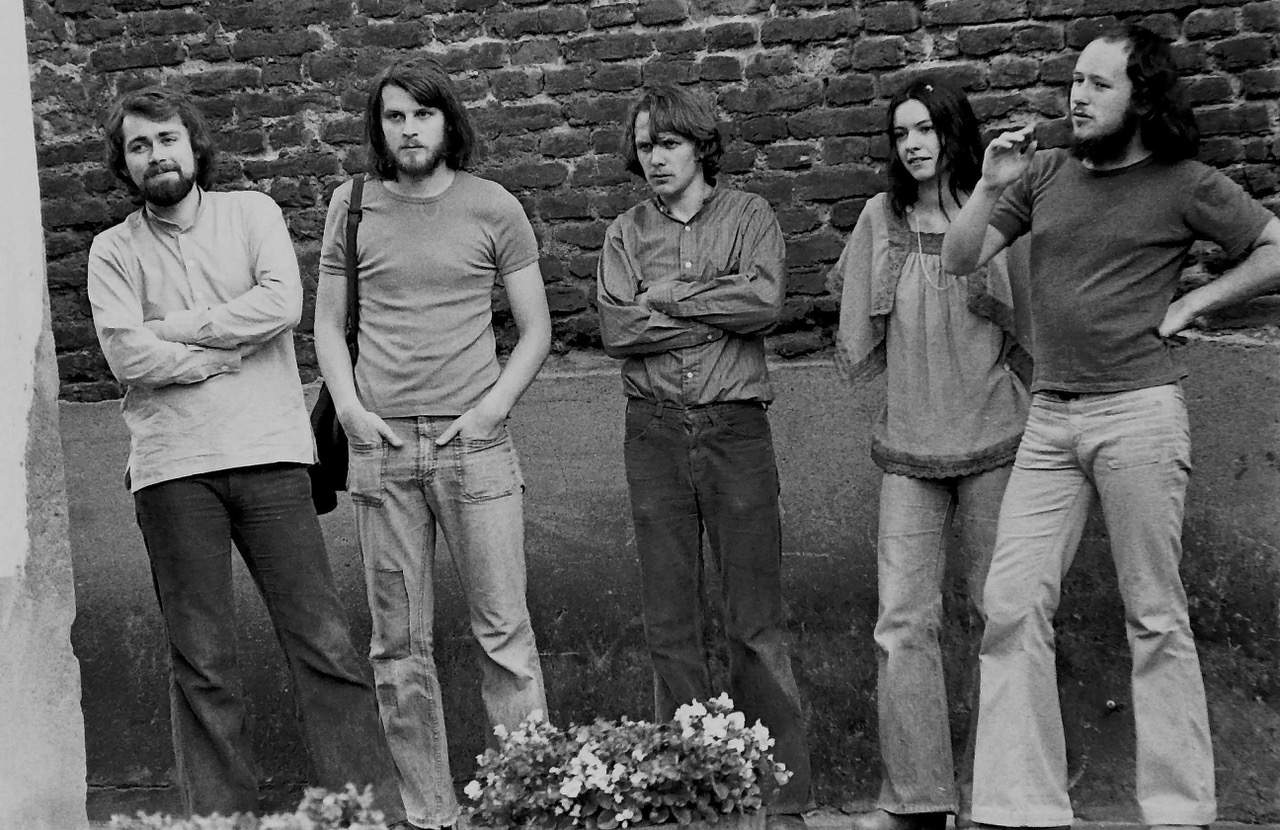
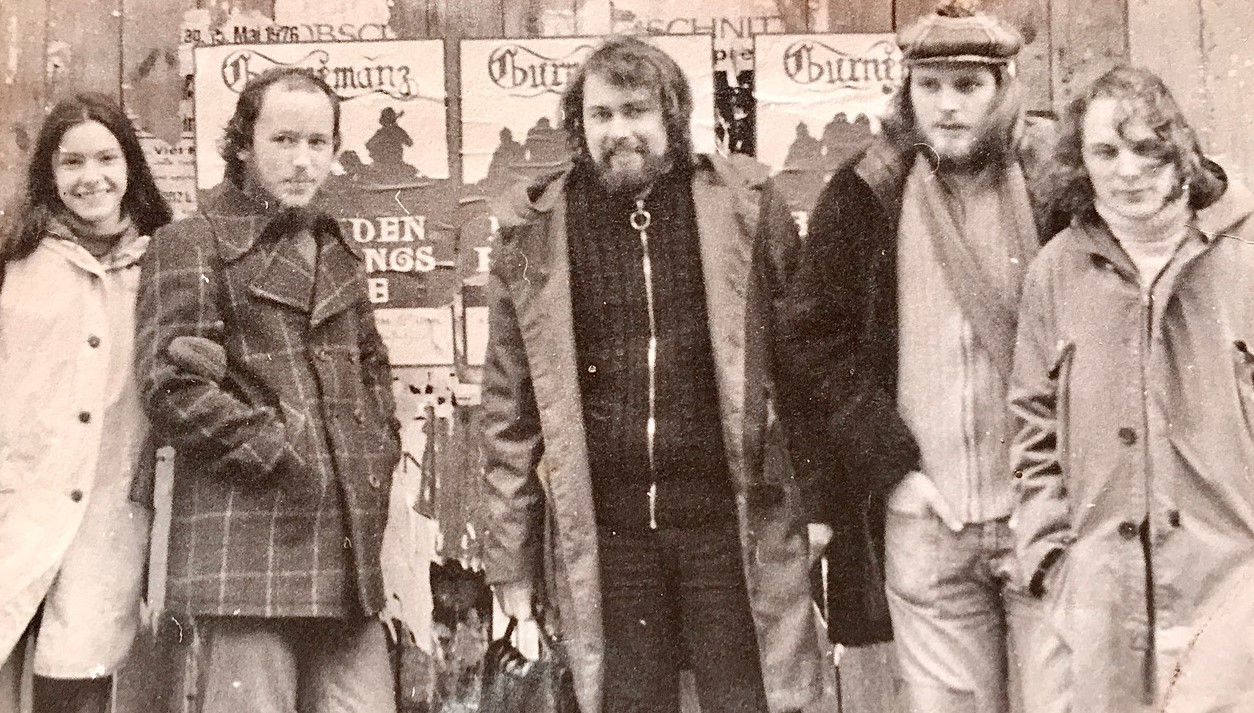
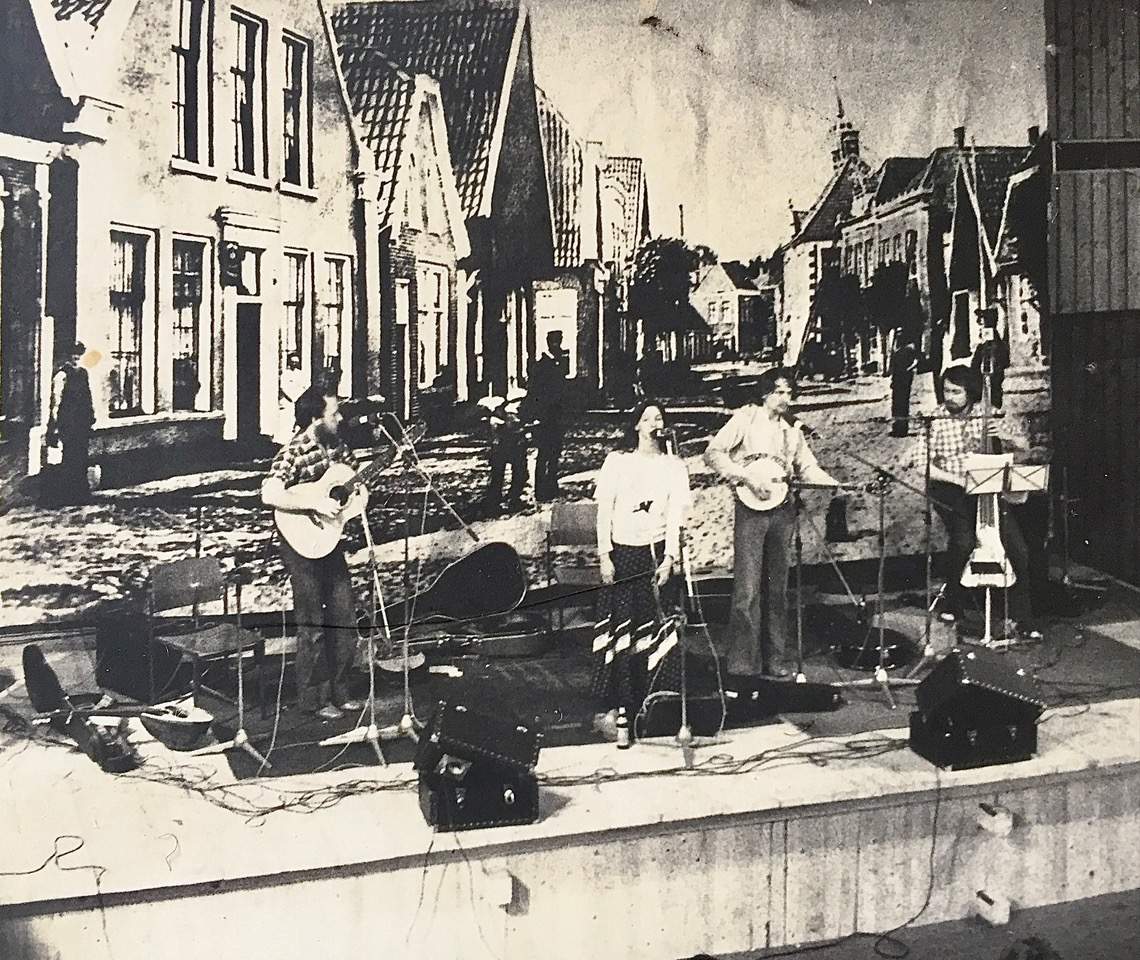
What about ‘Spielmannskinder’? Where did you record it? What kind of equipment did you use, and who was the producer? How many hours did you spend in the studio?
That was indeed a “real” recording, made at EMI studios in Cologne and produced by Wolfgang Homeyer. Our engineer, John Cremer, was working at EMI and became a friend of Wolfgang Homeyer, who made this possible.
We spent one night at the studio after official recording hours, as far as we remember. It was very impressive for some school kids to use all this fancy gear at a real professional studio.
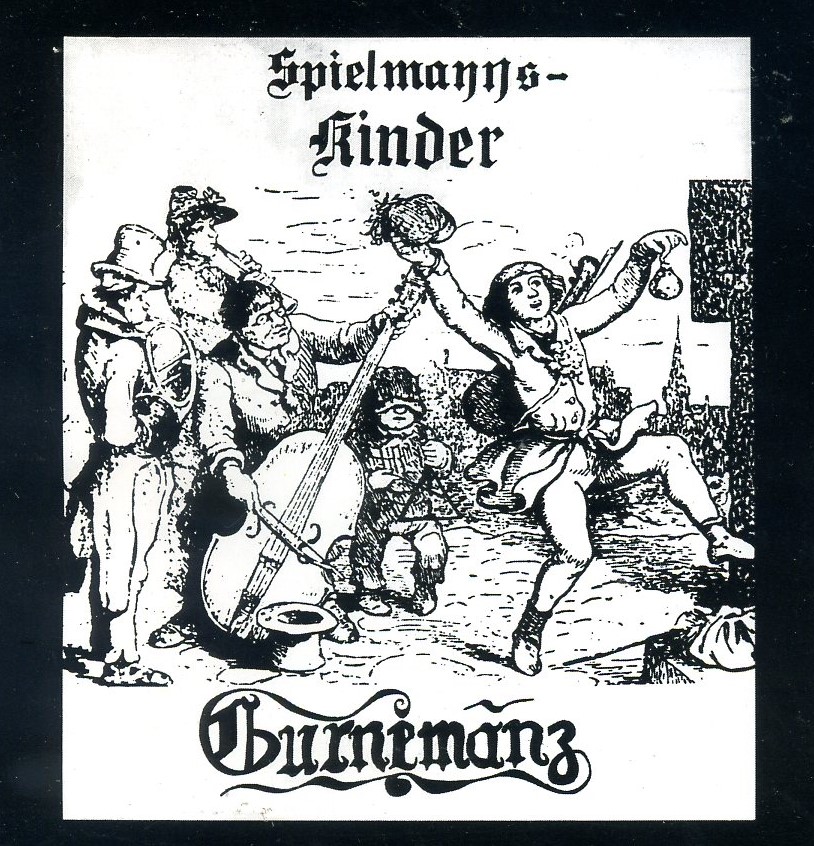
How did ‘No Rays of Noise’ come about?
‘No Rays of Noise’ was our second album and was more successful. There was a change of style, leaning much more towards folk rock and featuring more English lyrics. The LP was released in 1977 on EMI’s Songbird label.
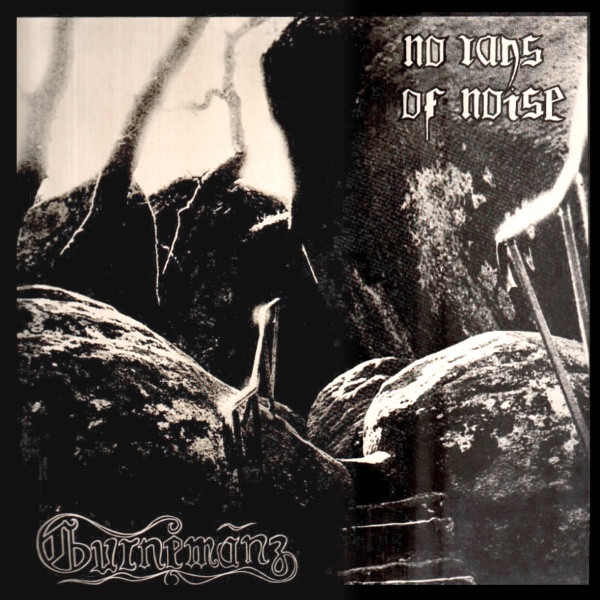
There’s a fantastic project you were involved in called Gaia, and the album ‘All in Green.’ Could you share as much information about it as you remember?
Gaia wasn’t a side project, but rather Wolfgang Riedel’s (guitar/percussion) and Manuela Schmitz’s (recorder/percussion/vocals) new band after the end of Gurnemanz in 1979. Gaia was a world music trio with the third member, Peter Mohr, on percussion, and as a guest guitarist, Wojtek Waglewski of the famous Polish group “Osjan”. Inspired by Osjan and by the music featured on the ECM label (such as Ralph Towner with Oregon, Egberto Gismonti), Gaia toured Germany, Benelux, and Denmark, and recorded ‘All in Green’ in 1982. Due to problems during Manuela’s pregnancy, Gaia stopped playing in 1984, and Manuela and Wolfgang concentrated more on teaching music than playing concerts.
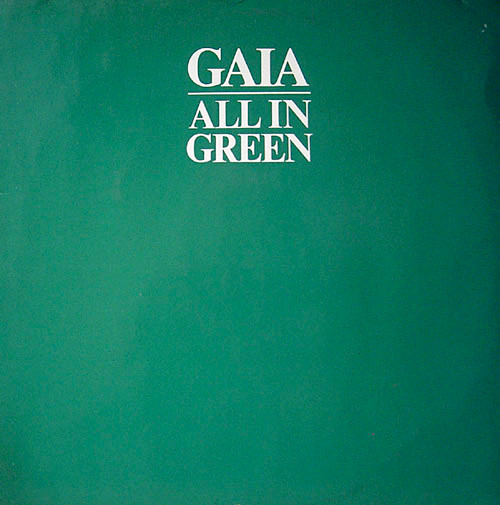
When Gurnemanz split up in late 1979, there was also a second formation with members of the band; a trio called Mara, with Wolfgang Scheel (guitar/vocals/mandolin), Siegfried Bushuven (double bass), and Christian J. Kremer (guitar).
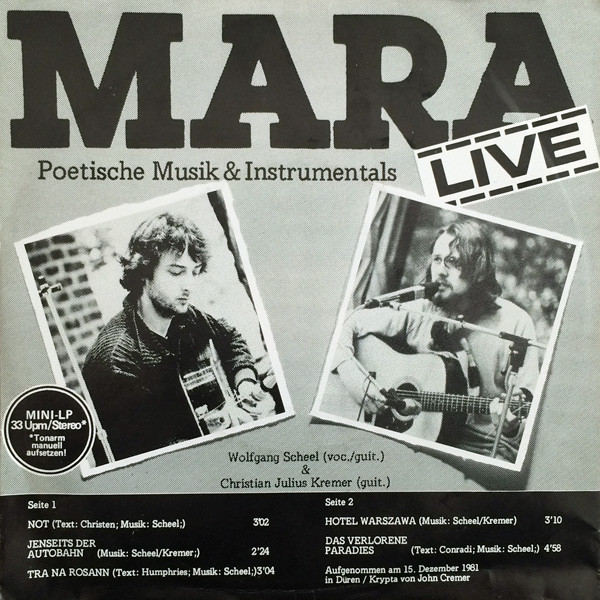
The band continued until 1985, touring extensively in Germany and also with a longer tour in Poland, including a live radio concert. Mara released an EP in 1982 (‘Poetische Musik’) and an LP ‘Humane Zeiten’ (with SMB; 1984).
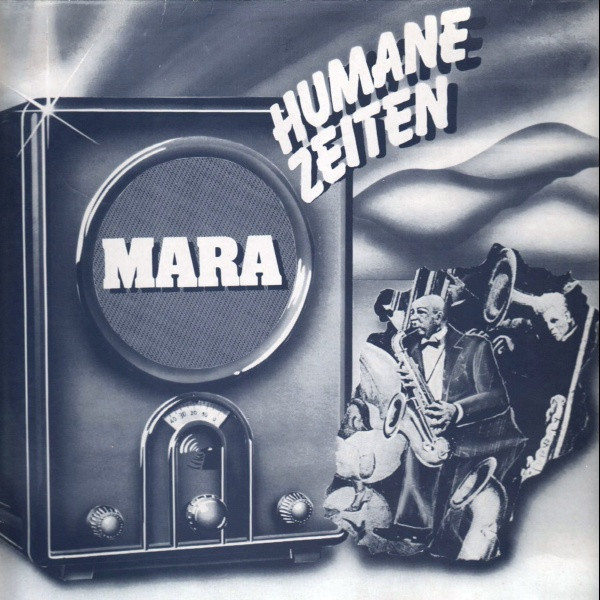
What kind of material can we find on the recently released ‘Walking Under Blue Moon’?
These are remastered live recordings, and the long-lost title track ‘Walking Under Blue Moon’ has been newly recorded by the band members. ‘Blue Moon’ was originally planned as the 3rd LP, but the band broke up in late 1979.
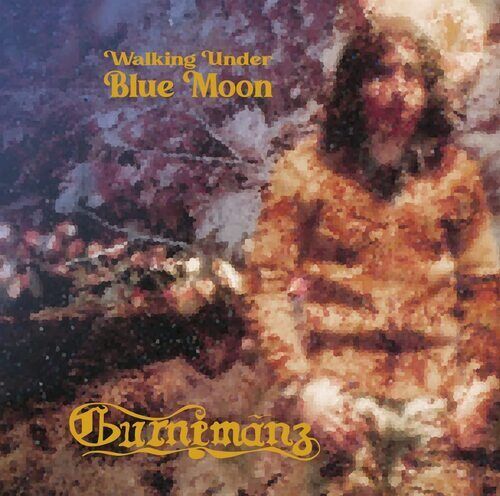
Looking back, what was the highlight of your time in the band? Which songs are you most proud of? Where and when was your most memorable gig?
Touring in the UK was a fantastic experience, but the tour in Poland in 1979 stands out as a great highlight. We remember a stunning concert in Wroclaw very well.
Songs like ‘Among the Rice Fields,’ ‘Vertrieben,’ and ‘How Much Love’ are ones we’re particularly proud of. Additionally, we believe we did a good job with the new version of ‘Walking Under Blue Moon’.
We also have fond memories of a concert we did in Aachen, Germany, at the Audi-Max in 1979. This was during a tour with a project called Folk-Omnibus, where we brought a little festival on tour with British Folk musicians like John Makin and the folk legends Martin Winsor and Jeannie Steel.
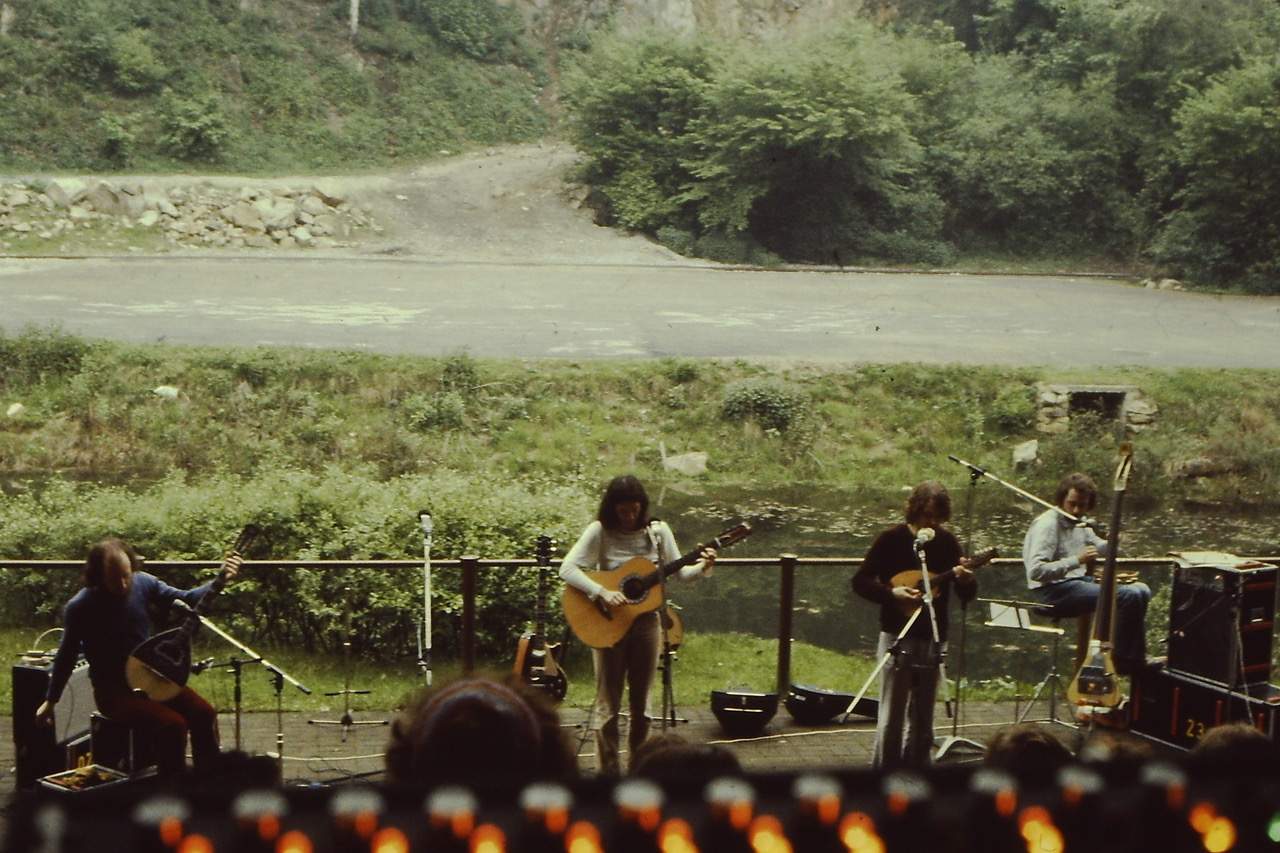
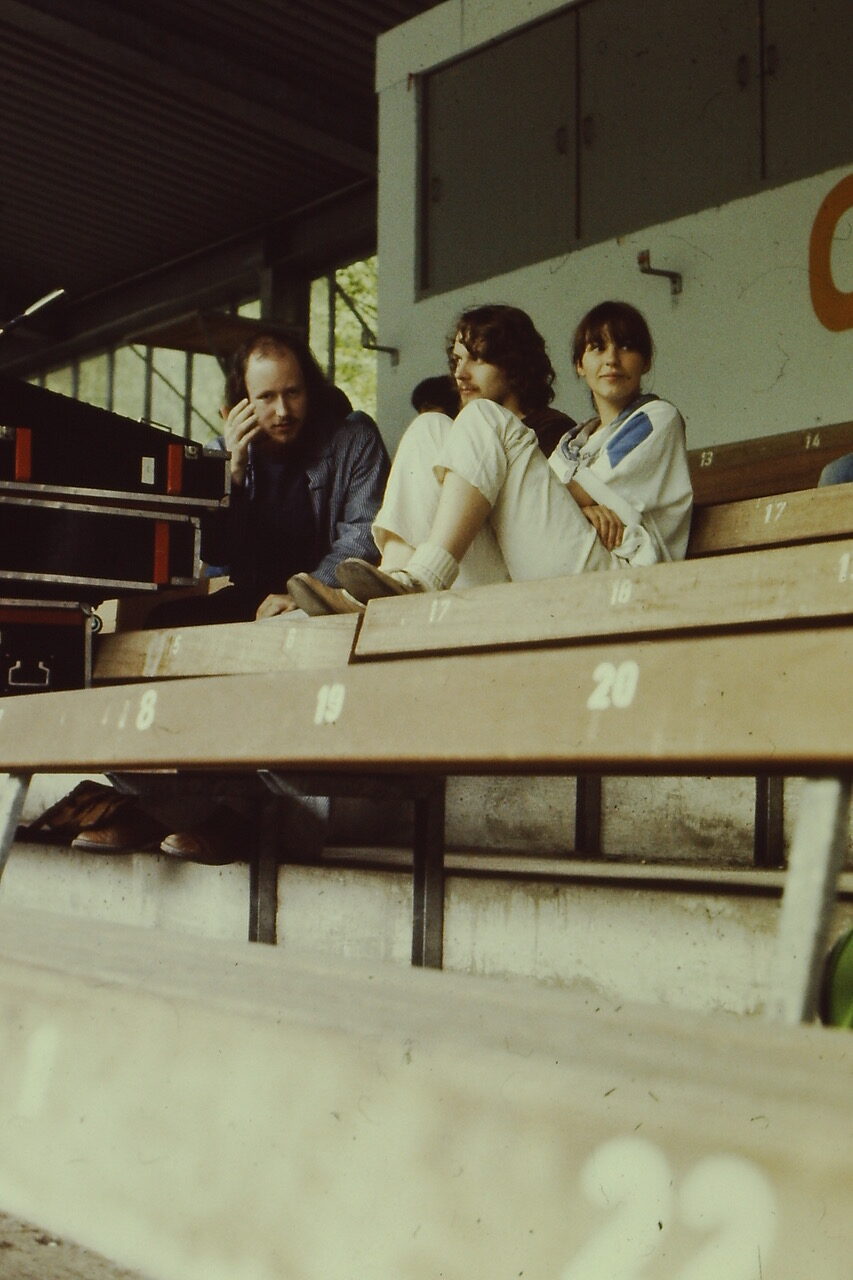
From that period, there are also recordings here, both studio and live, with Gurnemanz as side musicians:
Martin Winsor and Jeannie Steel’s ‘Troubadours’ is available on Vinyl LP through Rough Trade.
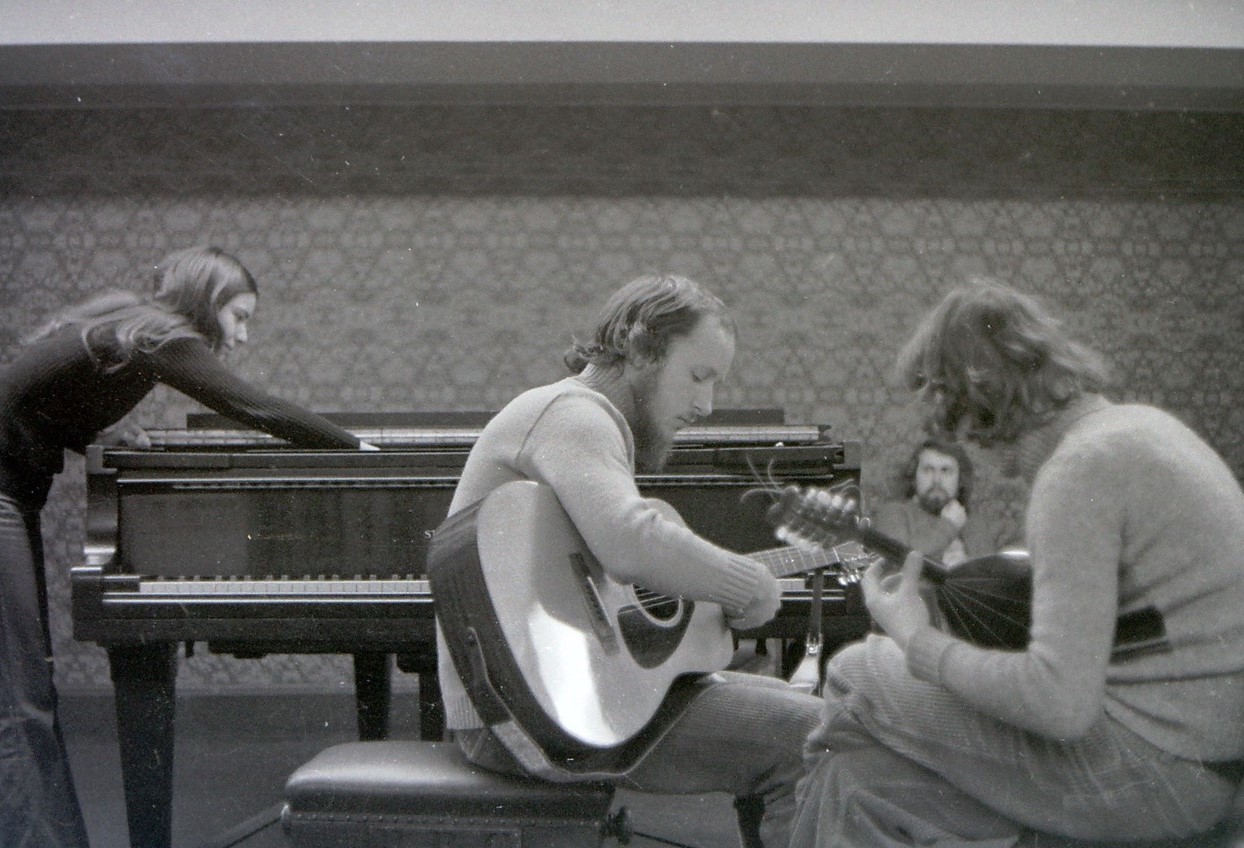
Is there any unreleased material by Gurnemanz?
Not really; there might still be some radio recordings somewhere; for example, we played live with the BBC in London, and then in Warsaw with the National Polish Radio station.
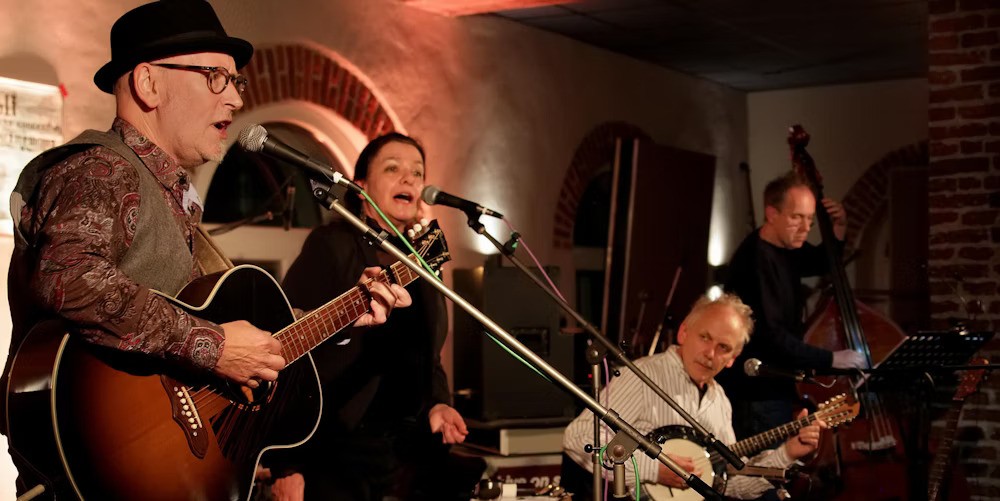
What currently occupies your life?
Wolfgang Riedel & Manuela Schmitz: Playing with our trio Slinky & P’tit Loup.
Wolfgang Scheel: Since 1988, I have run a concert agency, mainly focusing on US Jazz artists whom I bring into engagements all over Europe. I have worked with famous artists like Dizzy Gillespie, Nina Simone, Stephane Grappelli, Dave Brubeck, Al di Meola, Miriam Makeba, and many more. Besides, I still perform in mandolin orchestras in France (Albi and Bordeaux), and I also have some musical side projects.
Klemen Breznikar
Headline photo: Gurnemanz (1975) | Siegfried Bushuven, Manuela Schmitz, Wolfgang Scheel, John Cremer, Wolfgang Riedel

